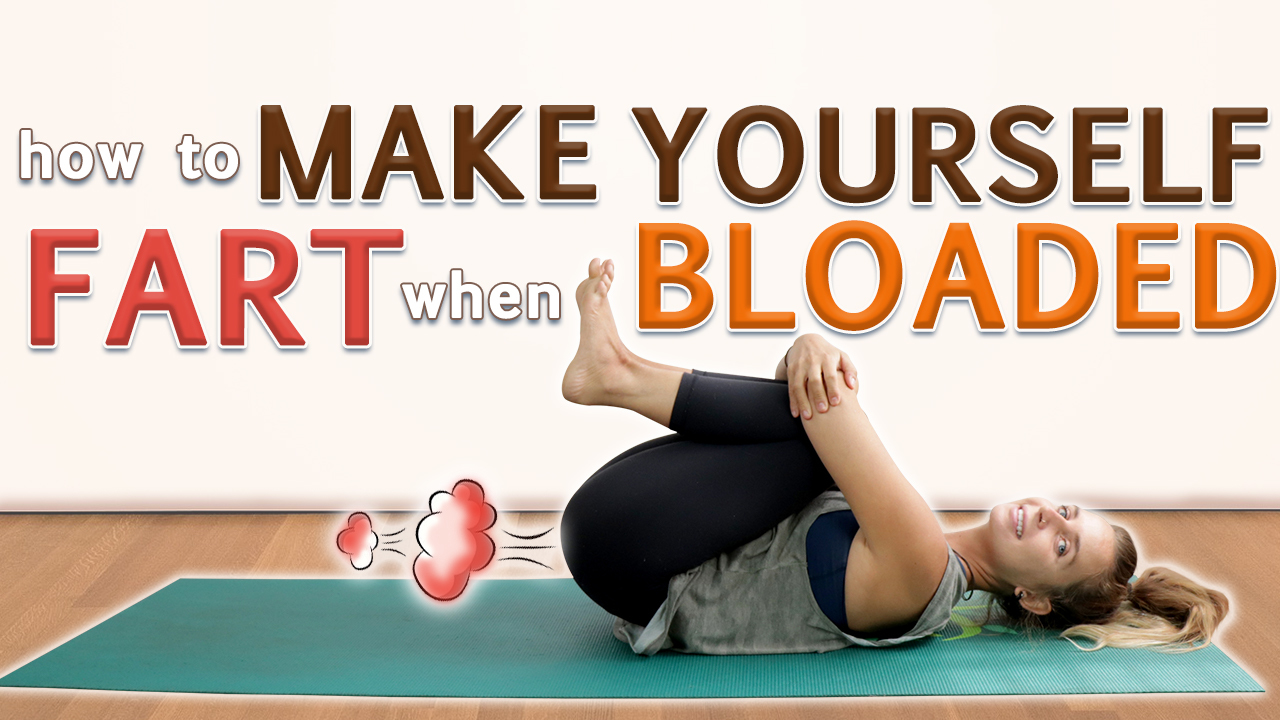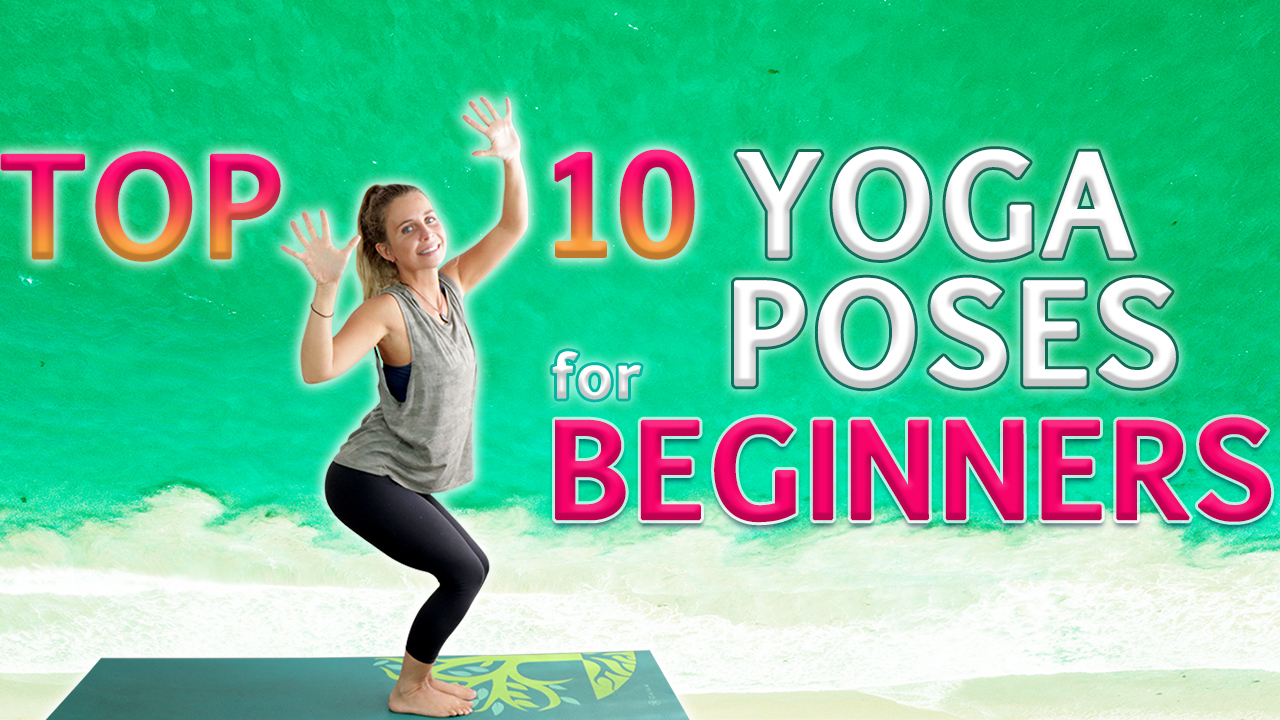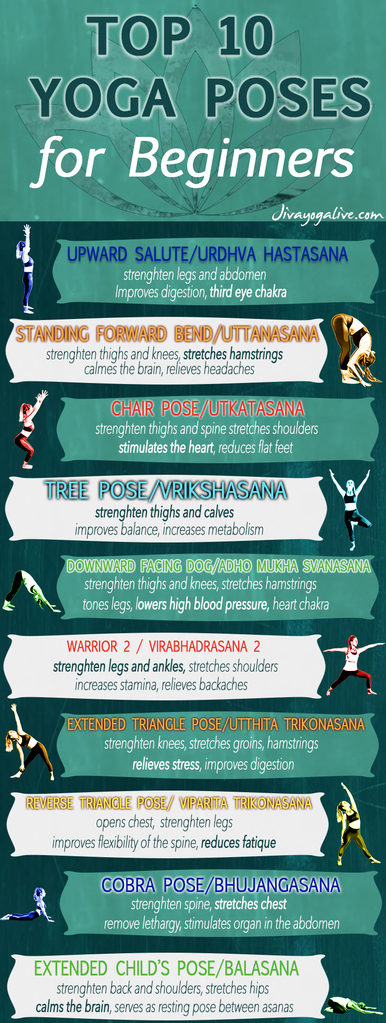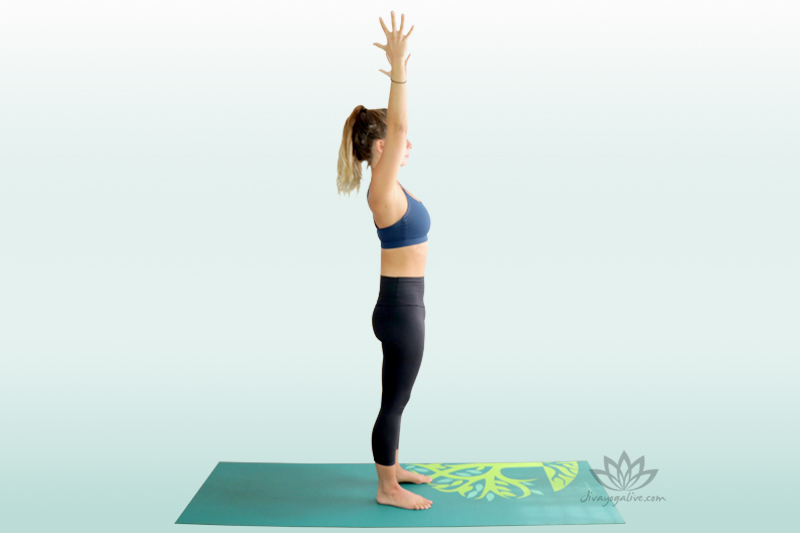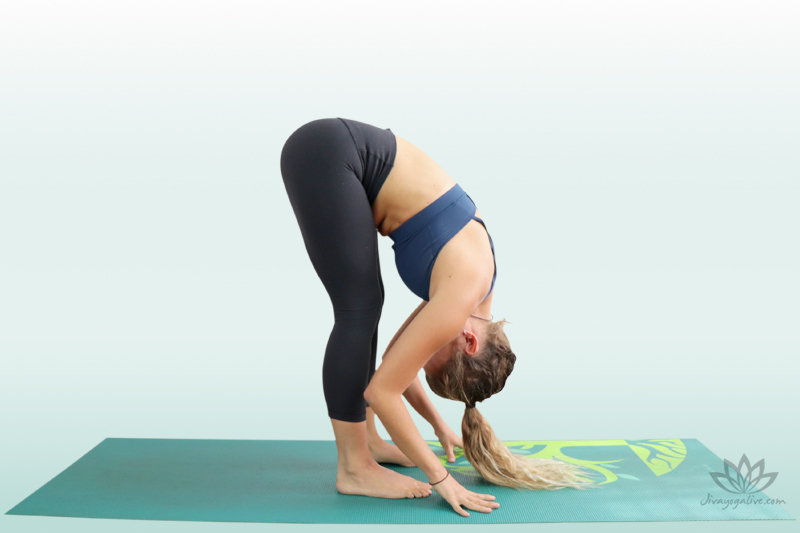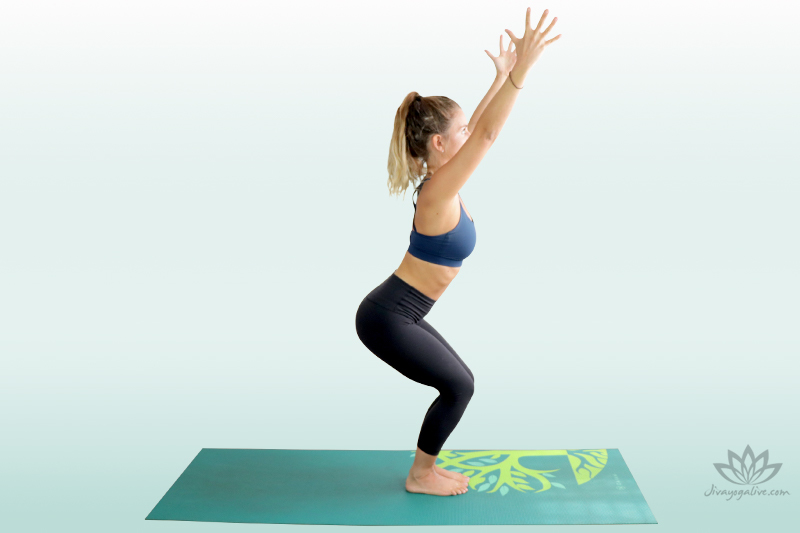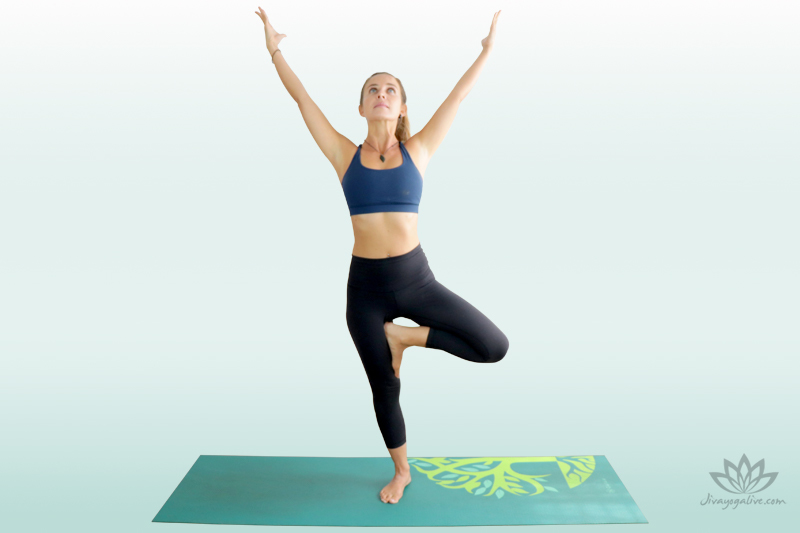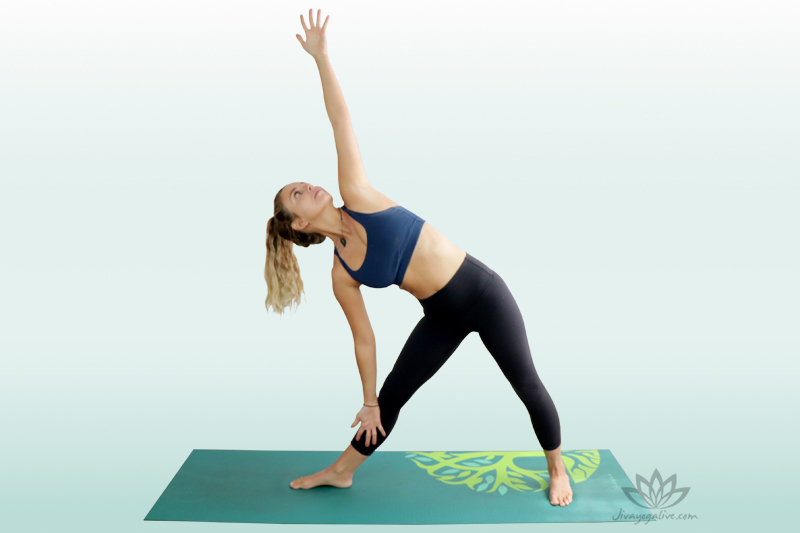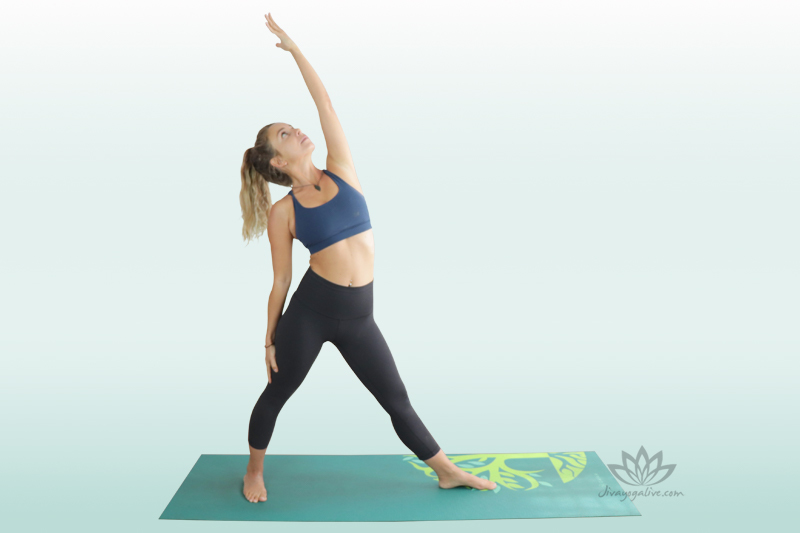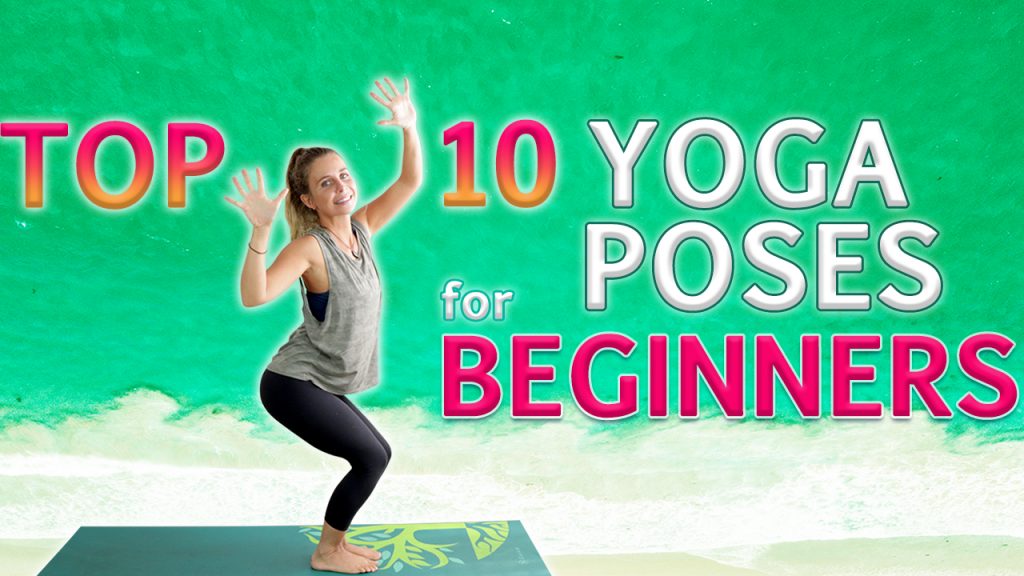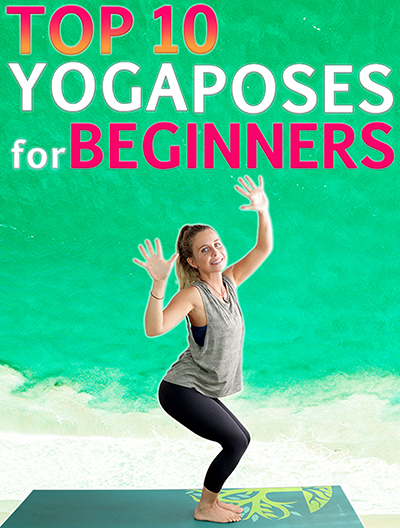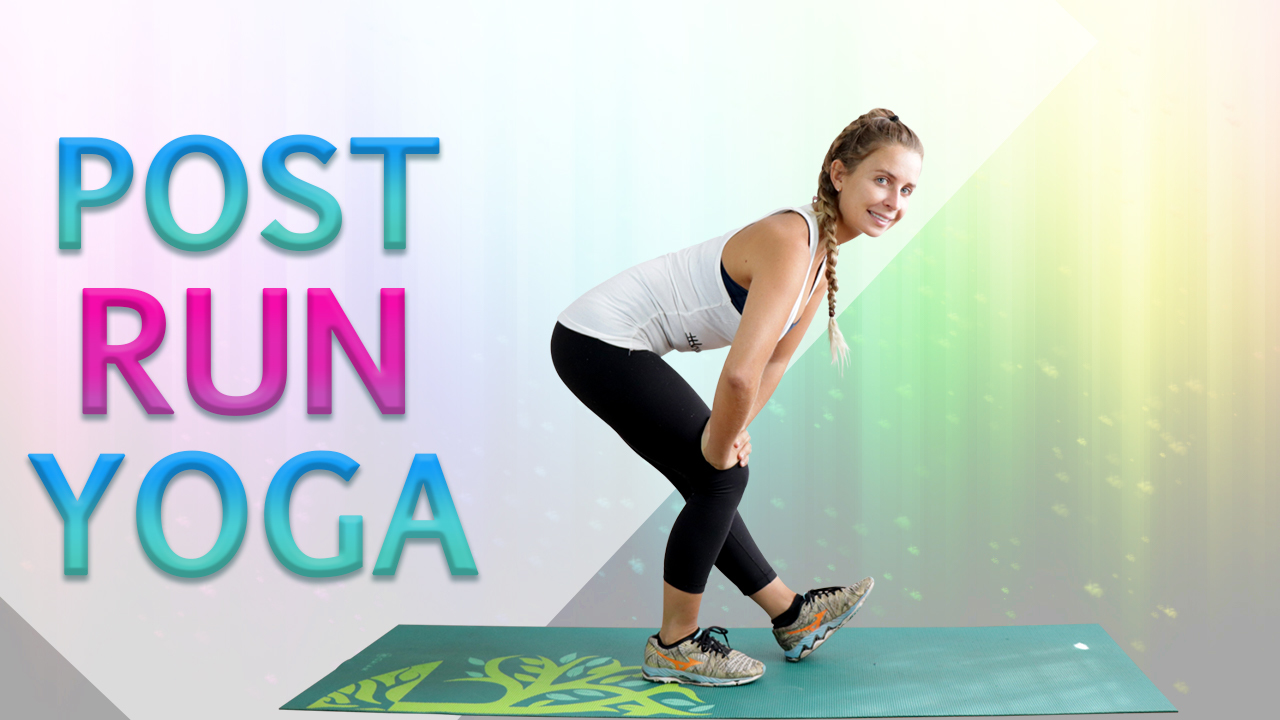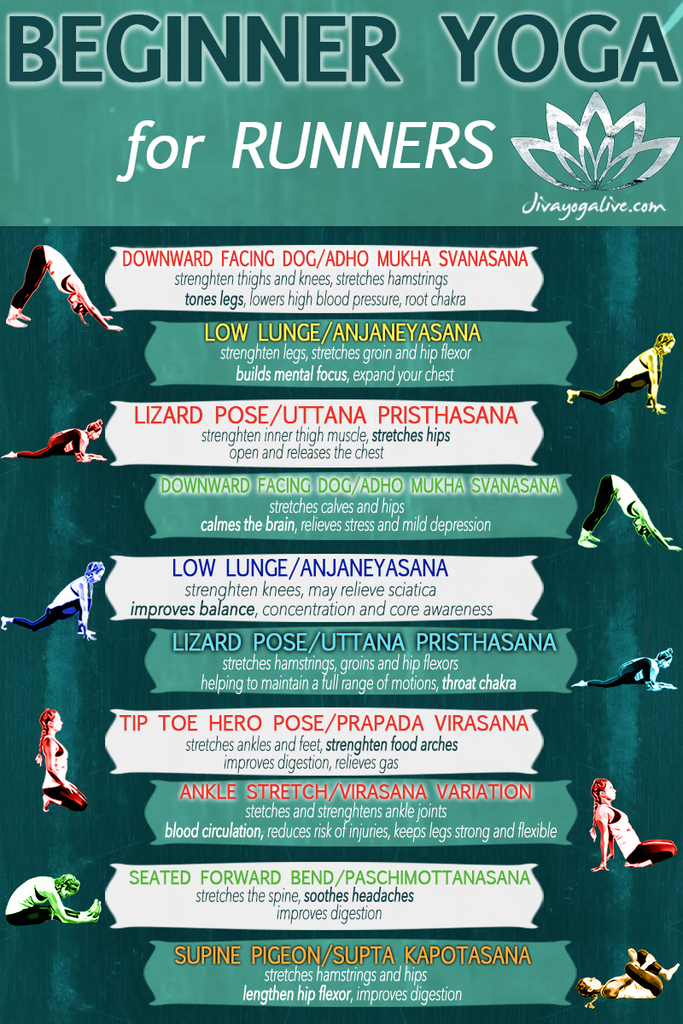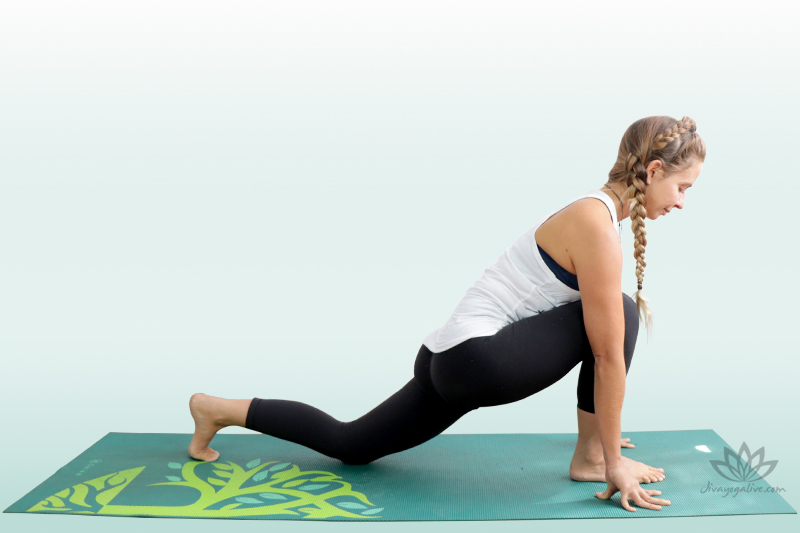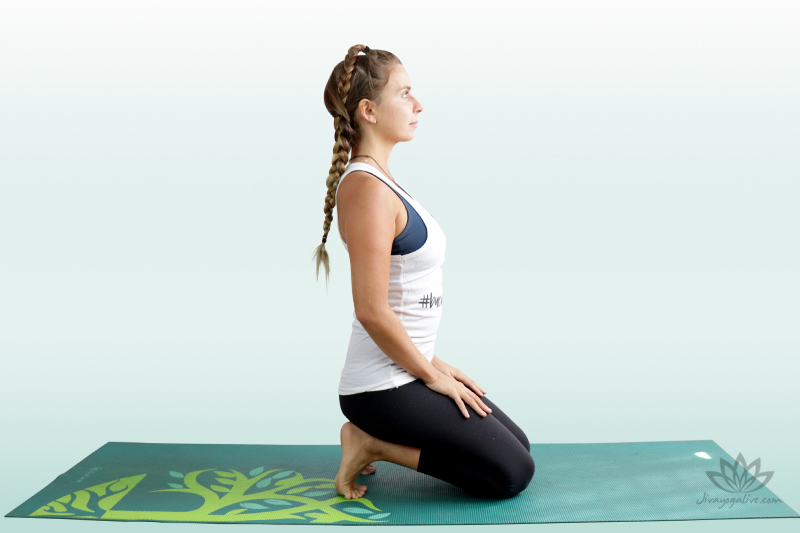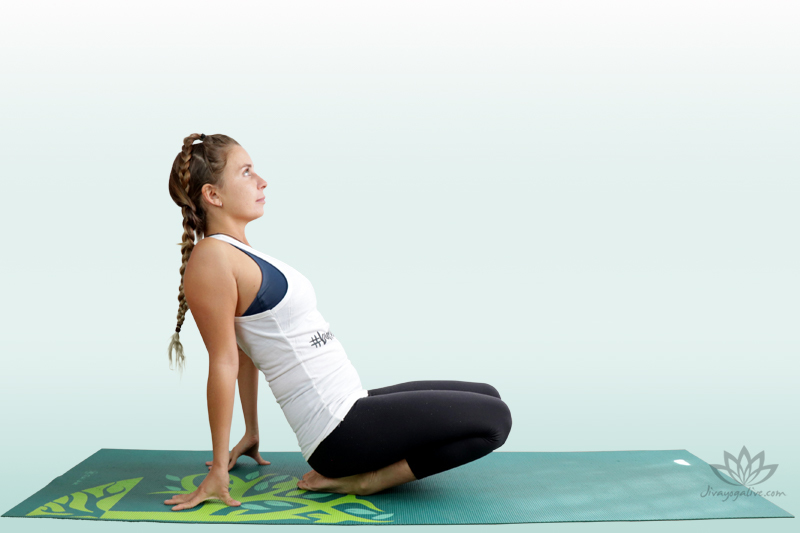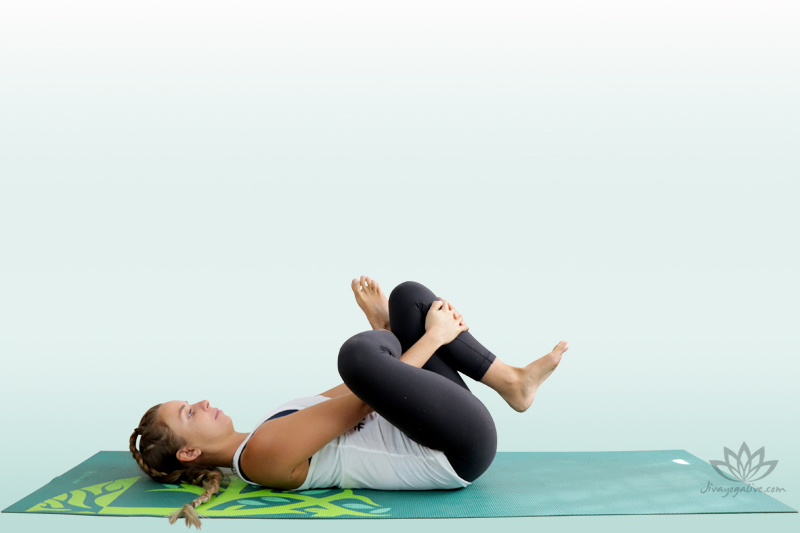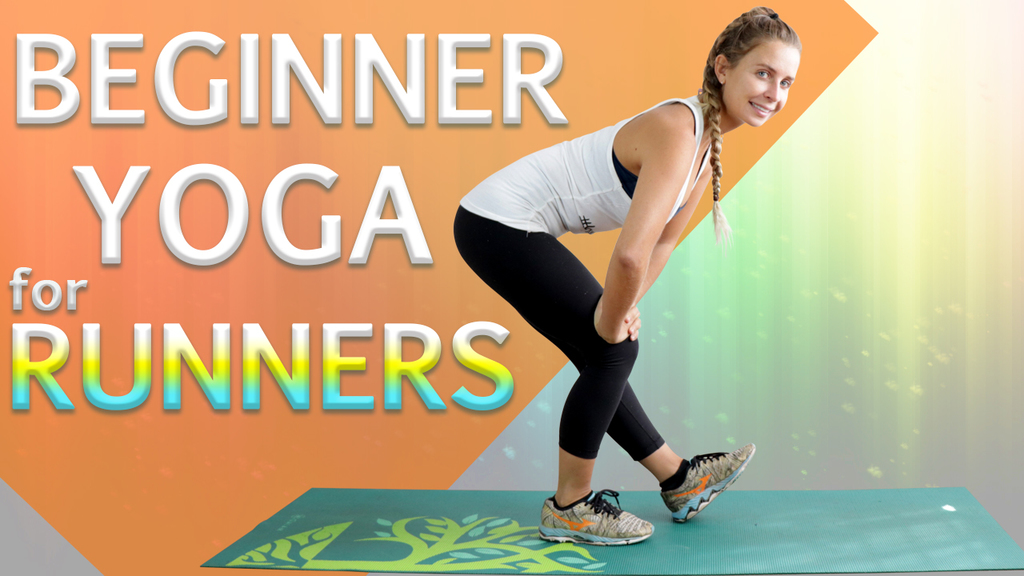Finding Relief: Why You Need Yoga to Help You Fart and Support Digestion
Yoga to help you fart might sound silly at first, but if you’ve ever struggled with gas, bloating, or general digestive discomfort, this simple solution could become your best friend. Digestive issues are not only uncomfortable and embarrassing—they can also be a sign of deeper systemic imbalances. Millions silently suffer, and the root often lies in how far we’ve drifted from our natural, species-specific diets. Combine that with modern stress and poor posture, and it’s no surprise our digestion suffers.
Being open about these issues is the first step to healing. If you’re uncomfortable discussing gas or bloating, know that these are common concerns. Getting comfortable with the uncomfortable opens doors to real solutions. Yoga to help you fart is one such solution—an empowering, accessible practice that supports natural digestive movement and offers real-time relief.
My Digestive Health Journey: A Personal Struggle
I’ve personally lived through a digestive nightmare. From the outside, I looked healthy, but inside I was bloated, gassy, and miserable. Over the years, I’ve tried hundreds of diets, spent thousands of dollars on supplements and lab testing, and encountered numerous practitioners who simply labeled me with IBS—a vague diagnosis that offers little direction. The harsh truth is that many health professionals don’t fully understand the digestive system when it comes to functional wellness.
The turning point came when I discovered a high-carbohydrate, low-fat, fruit-based lifestyle paired with yoga. Not just any yoga—yoga to help you fart. These targeted poses stimulated movement in my gut, relieving pressure, and supporting smoother digestion. When I felt bloated or backed up, a few minutes on the mat would often bring instant results.
How Yoga Promotes Digestive Flow and Gas Relief
Yoga to help you fart isn’t about advanced headstands or impossible backbends. It’s about gentle movements that massage the intestines, stimulate the vagus nerve, and promote peristalsis (the muscular action that moves food through the digestive tract).
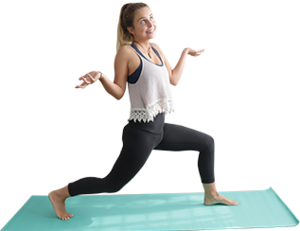
TRAINING TYPE: FLOW SEQUENCE
CATEGORY:YOGA
SUBCATEGORY: MEDICINAL YOGA
PLANNED TIME:10-15 MINUTES
LEVEL:ALL LEVELS
PROPS:NONE
Yoga to Help You Fart: Positions to Release Gas from Stomach
You will be introduced to six poses. These can be used to support digestive functioning and work to encourage the body to release trapped gas that is causing bloating and discomfort. There will be a demonstration of each pose with an explanation of how each asana works to support your digestion.
- The Abdominal Lock
- Eight Limbed Salutation
- Cobra Pose
- Half Lord of the Fishes
- Plow Pose
- The wind relieving Pose
Unwanted gas and bloating can be more than just an uncomfortable topic. It also leaves you with an uncomfortable feeling in the body. I want to get comfortable with the uncomfortable with you; to explore a series of yoga poses that can work to support digestion, and to encourage any trapped gas to leave the body. At the same time this should also help reduce some of your bloating. Excessive gas can also be a sign that diet needs to be looked at, and it might benefit the body to explore the idea of a short detox. Whether that means adding in more fruits to your diet or jumping on a juice feast; these poses will help to support your protocol to better gut health.
INFROGRAPHIC: Yoga to help you fart when bloated
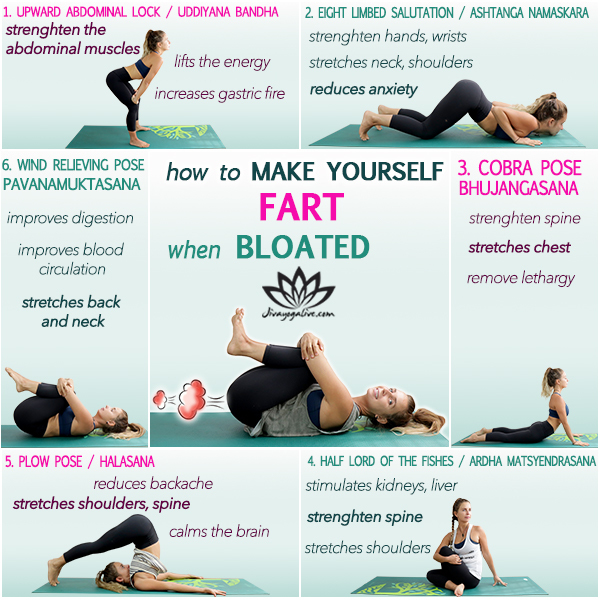
The Abdominal Lock – Uddiyana Bandha
Come to standing, inhale deeply and then bend the knees and come down to the floor with the hands. Suck in the stomach while remaining in the breath void and come up halfway, resting the hands on the knees for support. Hold for as long as is comfortable and then release the belly first and then breathe in. Come back up to standing.
This pose involves the contraction of the belly up and into the rib cage, so it is important to only practice this on an empty stomach. It is a great tool to have when dealing with excess gas in the body as the idea is pump the abdomen which encourage any stagnant energies to get moving.
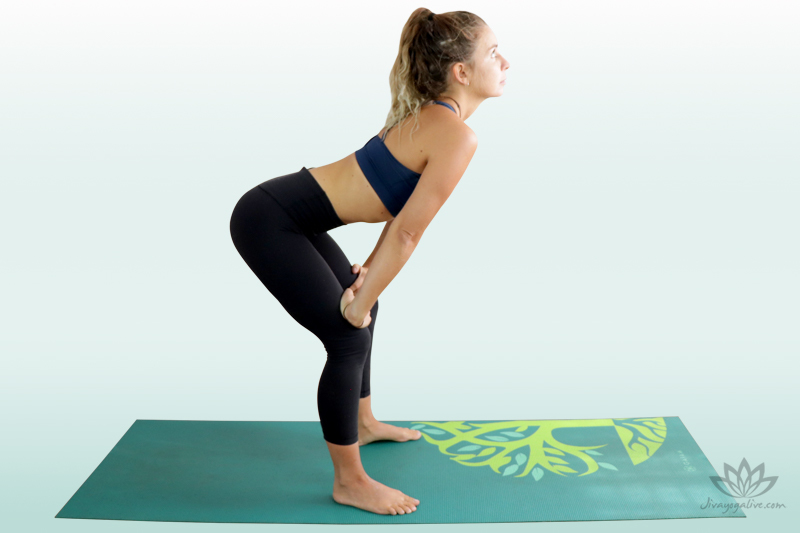
Eight Limbed Salutation – Ashtanga Namaskara
From a Downward Facing Dog drop the knees-chest-chin down to the mat. The weight is supported in the hands, chin is resting slightly on the earth and hips are up.
This pose is lengthening and stretching the abdomen while encouraging any build of gas in the body to move on out of the body. It is providing an internal massage and helps in the purification process of the digestive system.

Cobra Pose – Bhujangasana
Sliding down onto the belly and push through the palms to straighten the arms and come up into Cobra Pose. Drop the shoulders away from the ears, open the chest and the collarbones and squeeze the shoulder blades back together. Cobra Pose is stimulating the abdominal organs which is great for digestion and any unwanted gas. At the same time it is stretching and opening the lungs, while toning the shoulders and bum.

Half Lord of the Fishes – Ardha Matsyendrasana
Extend the left leg down along the mat and bend the right knee up. Take the sole of the foot across the left leg and to the floor. There is the option to bend the bottom leg and have the knees stacked or you can keep that bottom leg straight. Place the right hand at the base of the spine and use the left elbow to wrap around the right knee. Turn and twist over to the right.
Twisting the abdomen is great for digestion and cleansing the internal organs. Half Lord of the Fishes Pose stimulates the liver and the kidney, both of which are essential organs when it comes to the purifying the body.
.

Plow Pose – Halasana
Come to lying on your back and then send the hips up, coming up onto the shoulders. The legs and feet are extending behind the head and toes are aiming to touch the floor. If the feet do not reach the ground, keep the lower back supported with the hands. If the toes rest comfortably behind you, there is the option to release the back and have the arms resting down, palms facing up.
Plow Pose stimulates the abdominal organs and the thyroid gland, while stretching the shoulders and the spine.
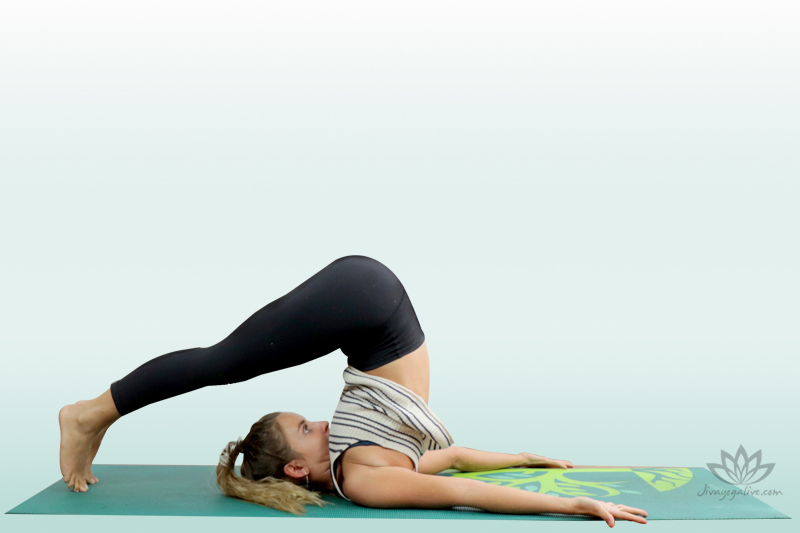
Wind Relieving Pose – Pavana Muktasana
Bring the knees in to the chest and start by lifting the shoulders, neck and head up off the earth so you can wrap the arms around the knees. Grab for opposite elbows, forearms or wrists and then relax the shoulders, neck and head back down and have a chin slightly tuck towards the chest.
As the name suggests, this pose is the king when it comes to encouraging excess gas out of the body. Compressing the abdomen in this way, sends an internal massage down into the digestive organs, especially when there is a focus on sending the breath down into the belly.

Yoga to Help you Fart: How To Make Yourself Fart When Bloated Video

Gas in the stomach can be a sign of many things; from poor food combining to constipation, even parasites. Whatever the cause, it is a red flag to have a look at your dietary and lifestyle choices. Come back to basics and find joy in simple foods like fruits and leafy greens. Bring in some yoga to support not only your digestion but your mental state as well. Your gut is strongly linked to your brain, so high stress can also cause excess gas in the body! These poses are very simple and can be done in the privacy of your own home. So now you can really focus on letting that gas and whatever is not serving you, out of your body!
TEACHERS INSIGHTS

Incorporating twists and compression of the belly is a great way to get things moving. They can provide relief from excess gas by forcing it out of the body, but when dealing with digestive issues it is so important to get to the root cause of the issue. Detoxing the body with fruit, juices and periods of fasting is recommended to really heal the body at a deep cellular level.
CONCLUSION: Yoga to Help You Fart
Excess gas can be a sign of something more going on in the belly. It is important that we keep the digestive energies moving. We can do this by including twists that pump fresh blood into the area. We also want to work with folds in order to compress the belly and encourage gas to work its way out. These yoga poses are great to support digestion. However, it is important to look at the bigger picture and also ensure that you are eating easily digestible foods, and keeping stress levels low. The gut is your second brain, so it reacts to your mental state!
Ready to unlock more digestive secrets and long-lasting relief? Click here to access our full courses and learn the full range of yoga and lifestyle tools that can transform your gut health for good.
